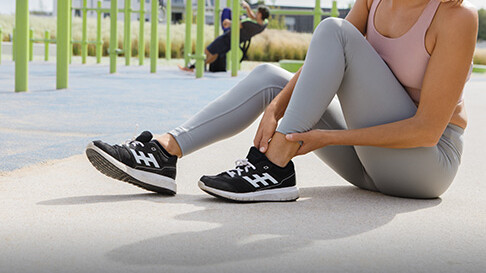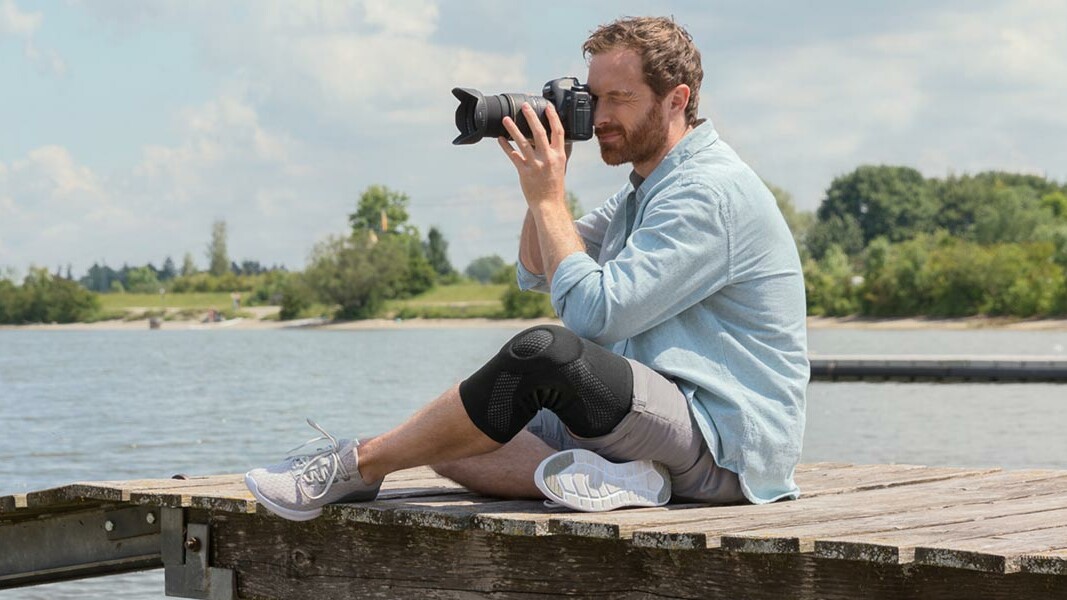

Osteoarthritis
Osteoarthritis is the most common joint disease worldwide and affects millions of people. In Germany, about five million people suffer from this condition. Since osteoarthritis is caused by chronic excessive strain, age-related wear and tear or previous injuries, the number of those affected increases with age.
Find out more on this website ...
What is osteoarthritis?
Osteoarthritis is caused by progressive wear of the joint cartilage. This cartilage usually lies between the bones acting as a sliding body that allows the joints to move smoothly.
However, with osteoarthritis, the cartilage has gradually degraded or is damaged as a result of an injury, which can first lead to friction and pain and eventually to limited mobility and stiffness.
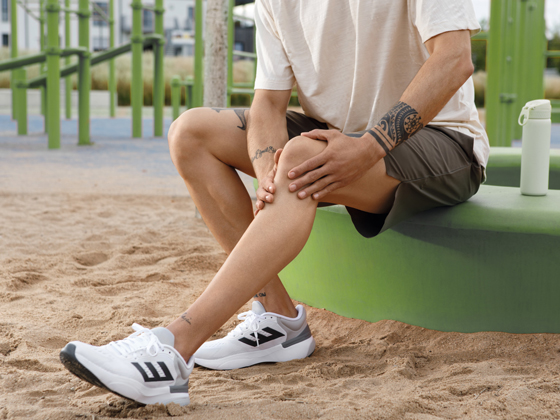
Common symptoms of osteoarthritis
The symptoms of osteoarthritis can vary depending on the affected joint and the degree of the disease.
- Joint pain especially during and after strain
- Swelling in the area of the affected joint
- Noticeable and audible crunching and rubbing of the joints
- Pain after rest periods
- Movement restrictions
- Joint stiffness
- Deformities
Symptomatic progression of osteoarthritis
At first, the initial symptoms of osteoarthritis often appear after longer rest periods or in the morning. These include pain and stiffness in the affected joints, which improve after a certain warm-up period. Pain can also occur after intense strain or physical activity.
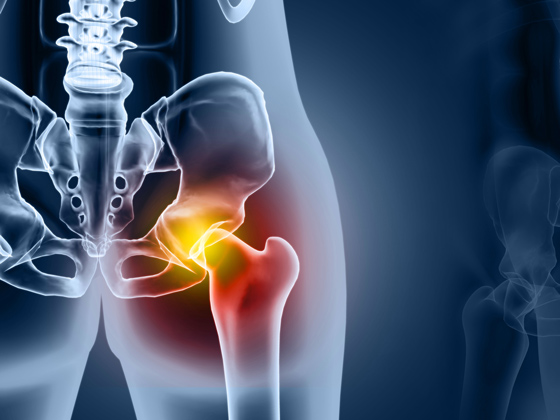
As the disease progresses, the pain becomes more intense and also occurs with less exertion or even during periods of rest. Those affected often report a dull, deep-seated pain that worsens with movement. In addition, there may be a feeling of instability in the joint, swelling, restricted movement and rubbing or grinding.
In the advanced stage of osteoarthritis, there may be complete destruction of the articular cartilage, as well as visible deformities and deformations of the joint. The pain then also occurs at night and can affect sleep. This often goes hand in hand
with a significant decrease in muscle strength and severe restrictions in the mobility and function of the joint.
Common types of osteoarthritis
Osteoarthritis of the knee joint (gonarthrosis)
The knee joint consists of three sections. As a result, a distinction is also made between three types of gonarthrosis. In medial gonarthrosis, the joint cartilage on the inside of the knee is affected. Retropatellar arthrosis is a condition of wear related to the kneecap and the trochlea. In lateral gonarthrosis, the cartilage on the outside of the knee joint is worn down.
Osteoarthritis of the patella (retropatellar arthrosis)
One form of gonarthrosis is osteoarthritis of the patella, where the signs of wear affect the patella and the trochlea. It is caused by wear of the cartilage under the patella. Initially, pain mainly occurs when subjected to strain, later also at rest.
Arthrosis of the wrist (radiocarpal arthrosis)
With arthrosis of the wrist, the protective cartilage layer of the wrist is damaged due to wear, the bones rub against each other. Pain is more intense in the morning and usually diminishes somewhat over time after initial difficulties to get moving.
Osteoarthritis of the carpometacarpal joint of the thumb (rhizarthrosis)
With osteoarthritis of the carpometacarpal joint of the thumb (rhizarthrosis), the joint cartilage between the trapezium and the first metacarpal bone on the thumb becomes worn.
Osteoarthritis in the ankle joint (talocrural arthrosis)
Osteoarthritis in the ankle joint affects the upper ankle joint and is caused by wear of the cartilage that protects the bone ends in the joint. Those affected often experience pain and stiffness in the joint, especially after periods of rest or during exertion.
Osteoarthritis in the elbow joint (cubital arthrosis)
Osteoarthritis in the elbow joint is caused by wear of the cartilage that protects the bone ends in the joint. Those affected often experience pain and stiffness in the elbow, especially during movements such as bending or stretching the arm.
Causes of osteoarthritis
There are various factors that can promote damage to the articular cartilage. In addition, previous injuries and diseases can lead to the development of osteoarthritis.
- Wear: Continuous progressive wear of the joint cartilage
- Age: Decrease in the regenerative capacity of the joint cartilage with age
- Excessive strain: Due to frequently recurring movement patterns at work or during sporting activities
- Misalignments: One-sided strain and wear of the joint cartilage
- Insufficient exercise: Insufficient supply of synovial fluid
- Being overweight: Increased pressure on knees and hip joints
- Genetic predisposition: e.g. hereditary difference in cartilage structure
- Joint injuries: Imbalances as a result of torn ligaments, meniscus damage or bone fractures
- Chronic inflammation: Joint cartilage is affected and damaged by this
Prevention: How you can slow the progression of osteoarthritis.
The most important preventive measure for osteoarthritis is regular movement. The reason being that it promotes the supply of nutrients and the regeneration of the joint cartilage. For this purpose, joint-friendly sports such as swimming or cycling are particularly recommended.
However, one-sided movement patterns, undue strain, incorrect loads and impacts should be avoided. In many cases, targeted exercises can be used to retrain the body to avoid undue strain and strengthen the supporting muscles.
Excess weight also puts additional strain on the joints, maintaining a normal weight should therefore be aimed for. A balanced diet with sufficient vitamins and minerals for the supply of nutrients is advisable.
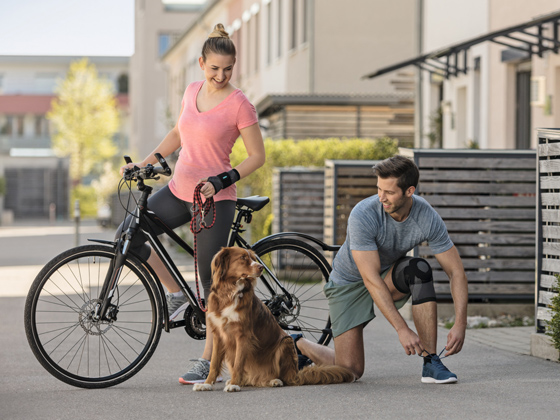
Therapy and treatment for osteoarthritis
The treatment of osteoarthritis aims to relieve pain, slow down the progression of the disease and maintain or even improve mobility. It is important to individually tailor the treatment methods to the respective requirements and needs. Get medical advice and ask for a tailor-made recommendation for your osteoarthritis therapy.
Conservative osteoarthritis treatment
Medication: Painkillers or non-steroidal anti-inflammatory drugs (NSAIDs) to relieve pain and inflammation (in consultation with a healthcare professional)
Physiotherapy: Exercises for anatomical alignment, avoidance of undue strain, strengthening of the supporting muscles and improvement of joint mobility
Orthoses and supports: In severe, acute cases, orthoses can be used for immobilization for a limited period of time. Supports are used to return to pain-free movement. These relieve and guide the joints, supporting the regeneration and healing process.
Change of diet: A balanced diet with anti-inflammatory foods to reduce symptoms
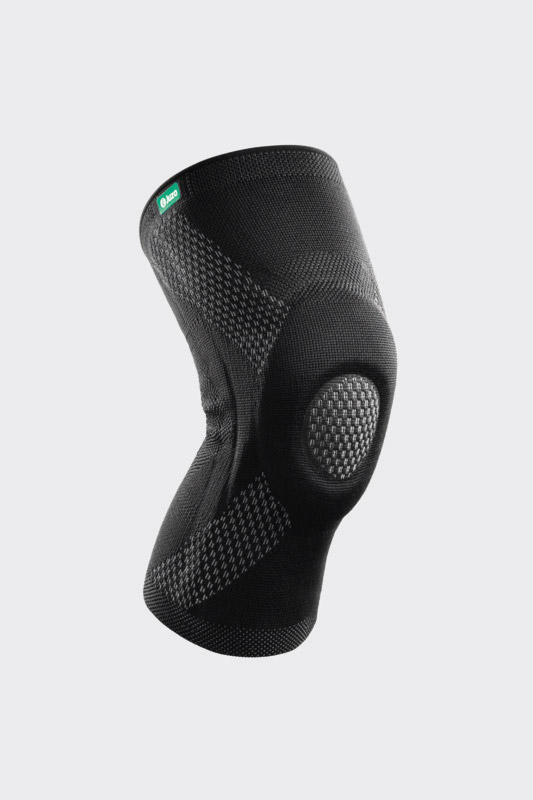
Invasive osteoarthritis therapy:
Injections:
Injections with hyaluronic acid, autologous blood, stem cells or cortisone can be administered directly into the joint to relieve pain and improve mobility.
Surgery:
In advanced cases, surgical interventions such as axis correction (corrective osteotomy) or an artificial joint (endoprosthesis) may be necessary.
Cartilage transplantation (autologous chondrocyte transplantation ACT):
In this therapeutic procedure, the body's own cartilage cells are removed and multiplied in a nutrient solution. The cultured cartilage cells are then reinserted at the site of the defect.
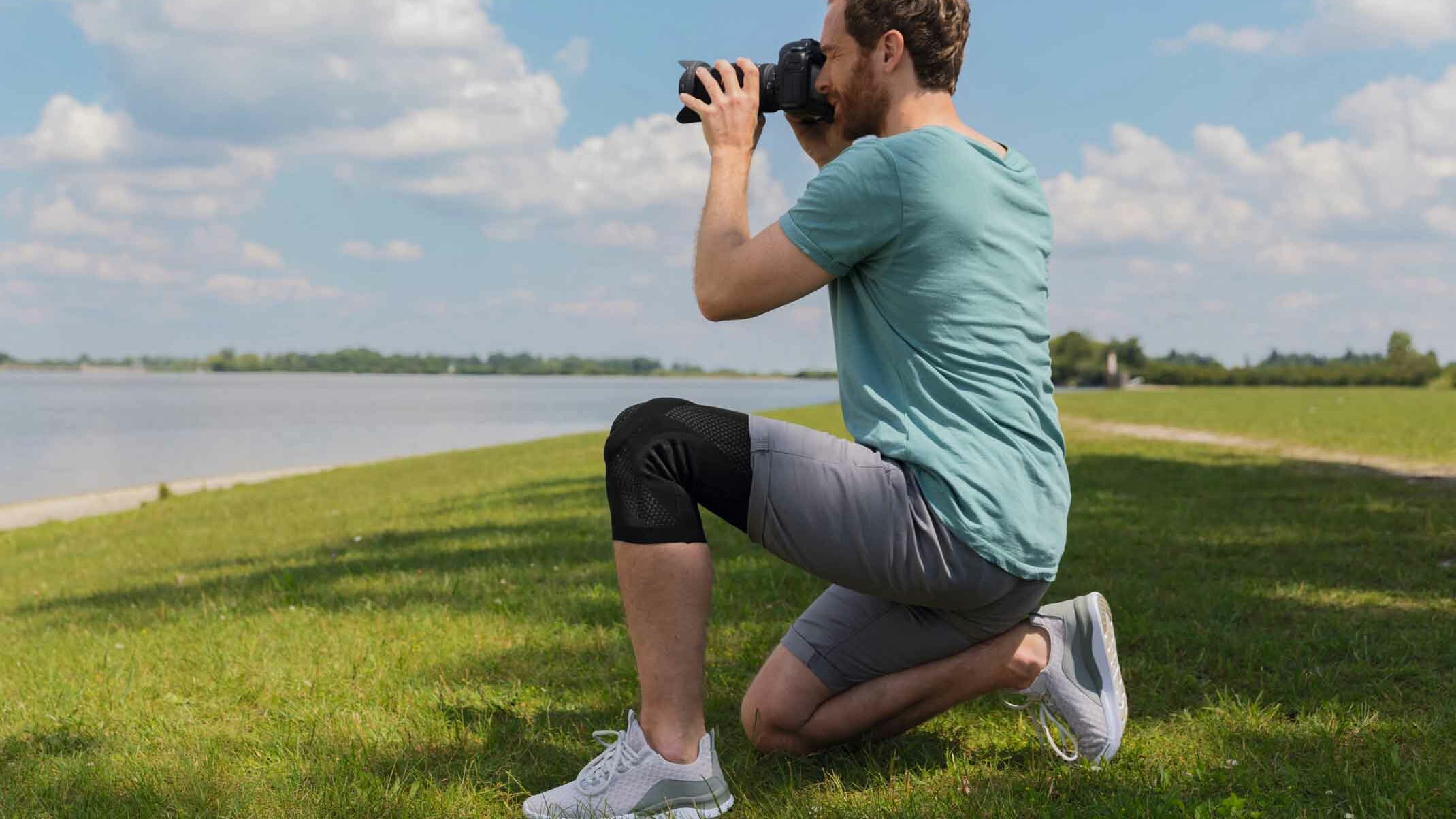
Gonarthrosis
Gonarthrosis refers to osteoarthritis of the knee joint, the wear and tear of cartilage structures in the knee.

